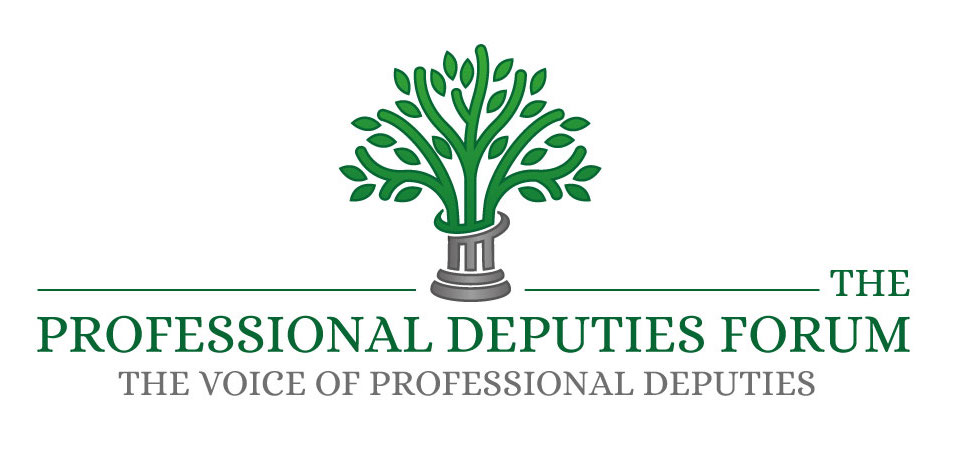The VRS welcomes the recent announcement by the Financial Conduct Authority, of its renewed commitment to help the vulnerable protect themselves from financial harm – on this occasion, with a new consultation on guidelines for firms dealing with vulnerable consumers. The guidance does not so much provide a checklist of required actions as various options for ways to comply with the principles set out – a flexible approach which recognises the variety of organisations who deal with the vulnerable, and one which we hope will encourage the improved outcomes we all want.
The FCA has not stinted in its expectations, however, and rightly so – indeed the paper makes plain that not only is more action needed, but that improved results must be demonstrable. “Ultimately,” the paper explains, “we want to see firms doing the right thing for vulnerable consumers, and embedding this in their culture.” That means they need “to be more focused on ensuring that the outcomes experienced by vulnerable consumers are at least as good as those of other consumers.” It’s an ambitious goal, as those working to improve treatment of vulnerable consumers know all too well, but it’s one to be celebrated.
So what does it look like in practice?
The guidelines are clear that consumers need to be confident they are dealing with firms where the fair treatment of customers is central to their corporate culture. In part, that means they must be provided with clear information and kept appropriately informed before, during and after the point of sale – and, when they do receive advice, it should take appropriate account of their circumstances. This is the VRS’ reason for being: we’re here not to try and make decisions for vulnerable consumers or the commercial organisations they interact with, but to encourage better decision-making by ensuring they have appropriate knowledge of who they’re dealing with. If we can help firms looking to meet their social obligations in this way, we’re only an email or phone call away.
As the FCA consultation sets out, it’s also essential that consumers don’t face unreasonable post-sale barriers if they want to change products, switch provider, submit a claim or make a complaint. This is especially important for the vulnerable, because where an act of financial self-harm has been undertaken by a vulnerable person and identified in good time, there ought to be a straightforward route to having it rectified – and if lenders and creditors don’t already have such mechanisms in place, it’s only right they should heed this reminder. If those unfortunate decisions can be avoided in the first place, there’s less need to go down that road.
The VRS agrees with the FCA that there are many different drivers of vulnerability, many of which can place people at risk of problem debt or other forms of financial harm. The FCA defines a vulnerable consumer as “someone who, due to their personal circumstances, is especially susceptible to detriment, particularly when a firm is not acting with appropriate levels of care”. We don’t attempt to define vulnerability at all – we tend to think vulnerable people and their carers are the best judges of that, and leave it to them to register with the VRS as they see fit. Vulnerable people are not always best identified at a glance by strangers – vulnerability is a more subtle condition than that, to which ultimately we are all susceptible. Vulnerable people are our friends, our family, and our neighbours – indeed they are all of us at some point in our lives – so let’s empower them to protect themselves when it comes to the potentially very serious distress of financial hardship.
It’s clear that plenty of firms already have policies and processes in place to ensure fair treatment of vulnerable consumers, and there’s been good progress made by some, to whom a good deal of credit is due. But in order to ensure they’re not doing less than they believe, they need to know who they’re dealing with at a given moment, and whether that person may be in a vulnerable condition – and we only know that by asking the vulnerable themselves whether they wish to make it known.













Post a comment